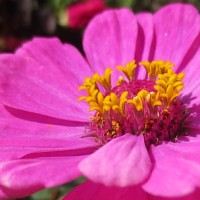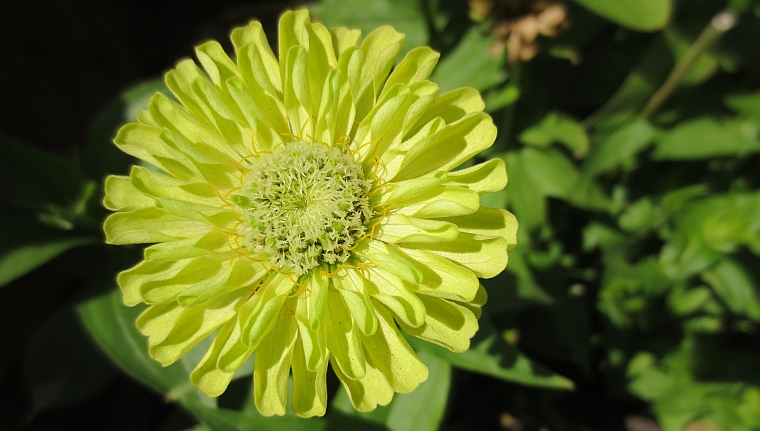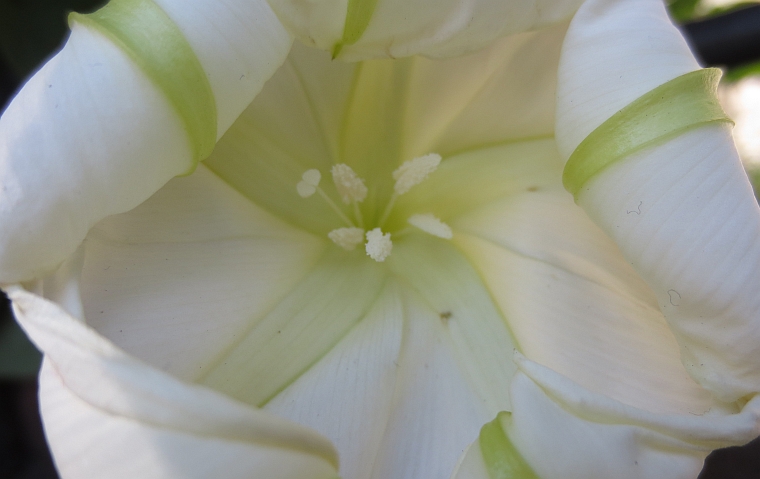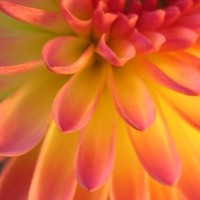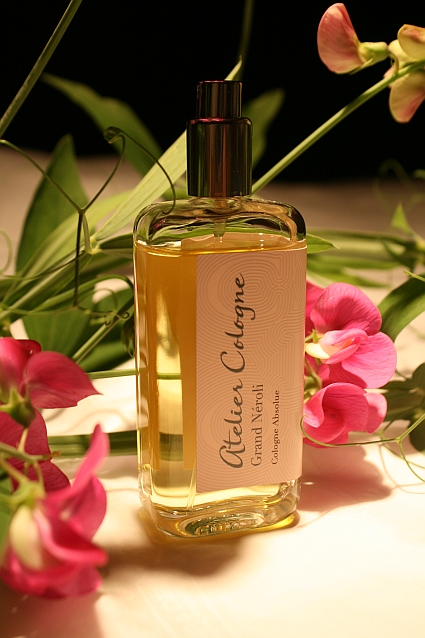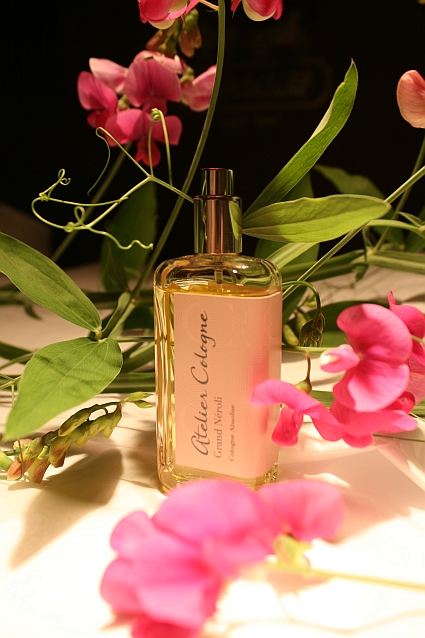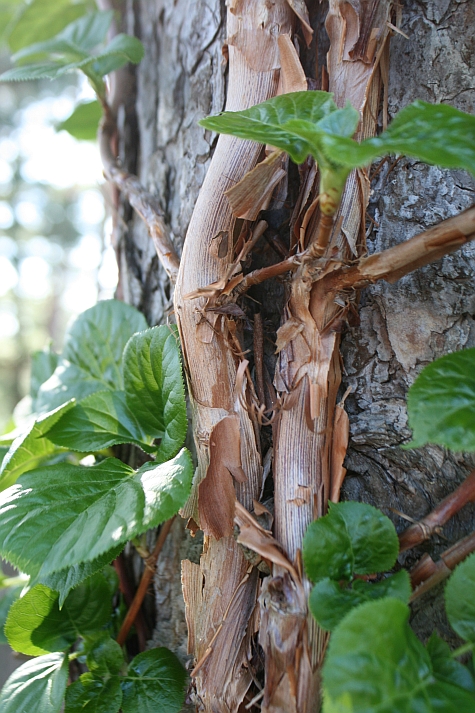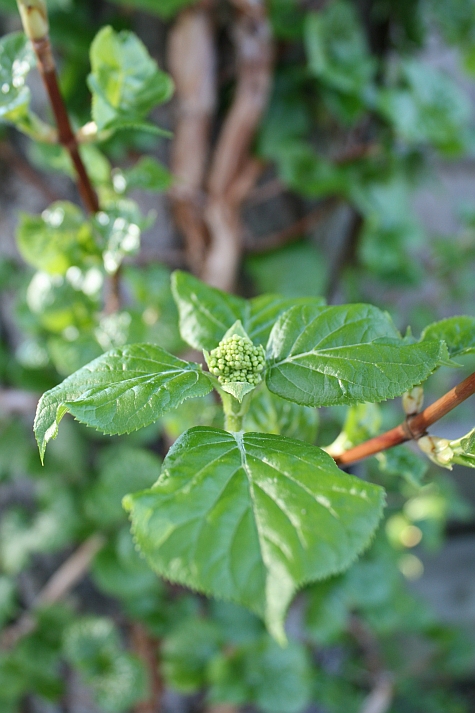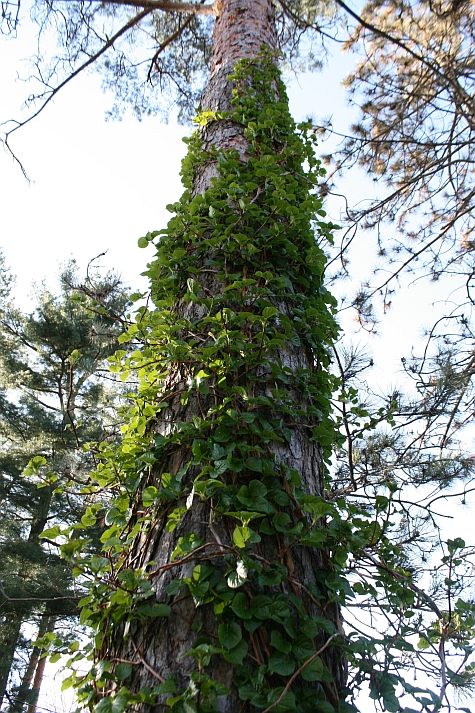When Andy and I first bought our home eight years ago, one of the first things I planted was a climbing hydrangea. White Flower Farm once featured the vine on the back of its Spring catalog and I was completely enchanted by its form. They had it growing along an old stone wall, and showed it in full, glorious bloom. I didn’t dare attempt to plant one against my parents’ white brick house, but once I had my own backyard I nestled one in against a towering pine tree with a thick trunk. It was a tiny thing, maybe a foot tall at the most, and it looked so small against the mighty pine. Part of me thought it wouldn’t make it through one winter, but I gave it some manure and hoped for the best.
Then the wait began. Like many vines, the climbing hydrangea more or less adheres to an old vine-rhyme: The first year it sleeps, the second year it creeps, the third year it leaps. Luckily, patience is one of my virtues, and though visitors looked at me oddly when I excitedly pointed out the little creeper beside a monstrous pine, I knew one day it would reward me for waiting.
Each year I added another layer of manure and mulch to the growing mound surrounding the vine, and slowly that vine inched upward. Religiously, I watered through the dry summer spells, and gently redirected wayward shoots back against the bark of the pine. By its fifth year, it was taller than me, and had wound its way around the entire circumference of the tree.
About that time it also started to flower – delicate cream-colored lace-caps that were sweetly scented with the essence of summer. The fragrance was a complete surprise. There had been nothing in the literature about it, and I assumed that, like most hydrangeas, there was no fragrance to speak of, but suddenly there it was, intoxicating the bees and everyone else who happened by.
Today, the vine towers above all, reaching upwards of thirty feet (about half-way up the sky-high pine tree that has happily provided an anchor for it all these years) and it’s still growing higher. It cloaks the ancient bark of the pine with an elegant skirt of bright green leaves that retain their luster and color throughout the season, before brightening the Fall with a final blaze of yellow. They have helped each other – the pine providing an expansive length of sturdy support and the hydrangea lending the worn, dull bark a bit of colorful glamour (and the jolt of manure-fueled nourishment that would otherwise be missing). I can’t imagine one without the other, and together they make a beautiful pair.

